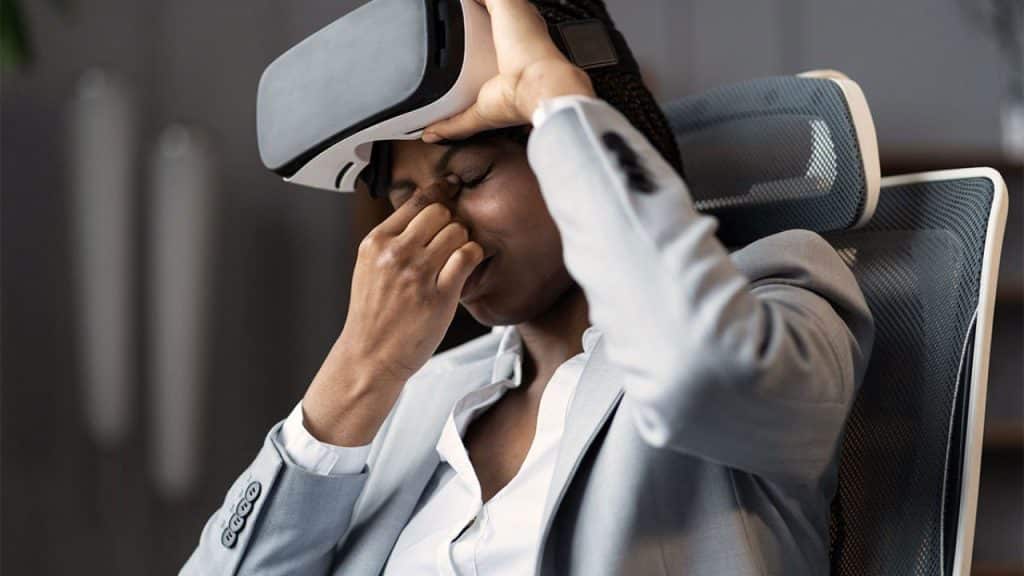Virtual reality (VR) technology is a wonderful thing in many ways, and it has huge potential across the field of healthcare. However, as with any new innovation, it can have downsides. Cyber sickness is a form of motion sickness that can cause a lot of discomfort when using a VR headset and may prevent some people fully experiencing its benefits. New research is exploring just who develops cyber sickness and why in the hope it can be mitigated (https://longevity.technology/lifestyle/why-vr-motion-sickness-affects-women-more-ongoing-research-reveals-answers/).
Cyber sickness, like motion sickness, occurs when what you see and how you move are out of alignment. You might feel dizzy or sick, and it’s not uncommon to experience eye fatigue and headaches. Sometimes symptoms last for hours, but for most people, they’ll disappear pretty quickly when the headset is removed. Scientists decided to investigate whether the experience of cyber sickness was influenced by gender.
First came an overview of already existing research conducted by professors and PhD students at Iowa State. Their areas of expertise ranged from psychology to industrial and manufacturing systems engineering. Those same researchers then explored whether cyber sickness was impacted by the distance between the pupils of the eyes. They had help from a $600,000 National Science Foundation grant.
One study involved 150 participants who had never tried VR games before, playing VR. The sessions lasted around 20 minutes, but participants were told they could quit at any time if they felt sick. Women were twice as likely to stop than men, and their reported sickness levels were around 40% higher.
This wasn’t in line with previous studies, which showed minor gender differences at most, but the reviewers realized that the older research was based on flawed methodology and small or gender-imbalanced samples.
A possible theory for the gender difference is that women often have a smaller distance between their pupils than men. The study, however, could not make a conclusive link. The most accurate predictor seemed to be whether participants had experienced other forms of motion sickness or screen sickness (such as when watching movies and playing video games). Women were more likely to experience other forms of sickness than men, so it seems they’re all connected.
Additional research will further explore these links and look for solutions so that cybersickness-prone participants can still use VR, perhaps through use of blinders to reduce visual stimulation.




